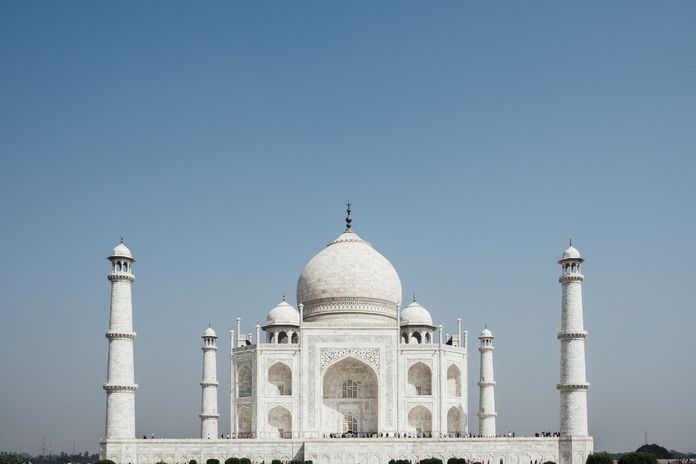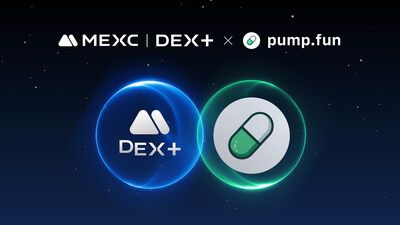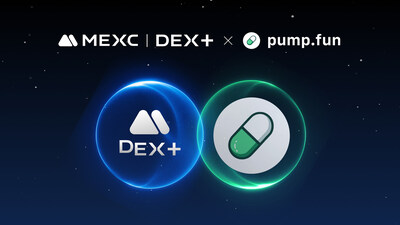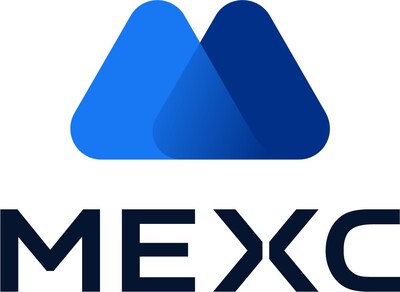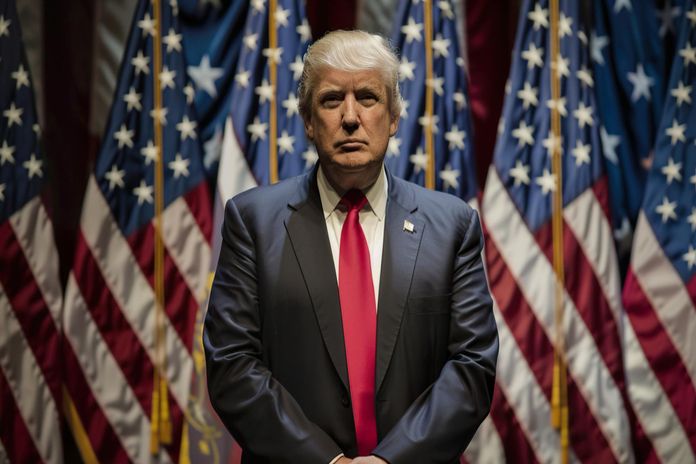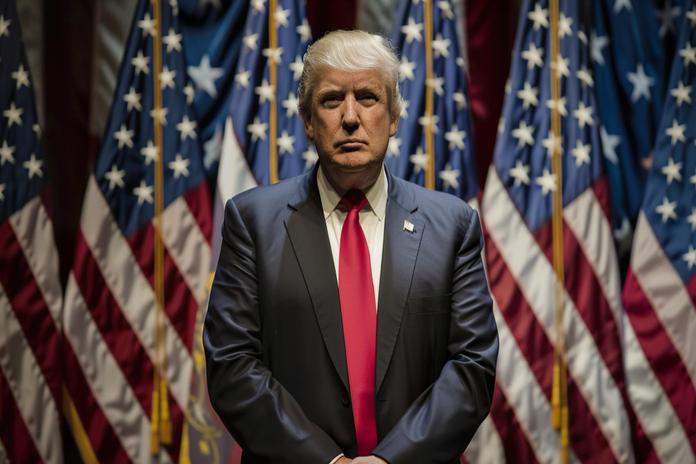Treasury Tornado Cash Crypto Policy Signals a Shift

In a surprising move, the U.S. Treasury reversed its sanctions on Tornado Cash after an extensive policy review, marking a significant shift in how Washington views crypto. This decision, tied to the case Van Loon v. Department of the Treasury, signals a growing recognition that digital assets are here to stay. While the Treasury remains focused on cyber threats — particularly those linked to North Korea — it now acknowledges the potential of financial innovation and inclusion that crypto technologies offer.
This policy shift could quietly redefine the future for decentralized finance (DeFi) platforms and blockchain-based infrastructure projects that have long operated in a regulatory gray area. Investors are watching closely, as this new stance may pave the way for broader institutional involvement and a more favorable regulatory environment for crypto-related businesses.
Treasury’s Policy Reversal: A Game Changer for Crypto
The Treasury Tornado Cash crypto policy shift follows a wave of legal challenges and criticism over the government’s initial crackdown on privacy-focused protocols. Tornado Cash, a privacy-focused Ethereum mixer, was sanctioned in 2022 amid concerns that it facilitated illicit transactions. However, the lawsuit brought by crypto advocates in Van Loon v. Department of the Treasury forced a deeper review of the policy.
The Treasury’s revised stance acknowledges that outright bans may not be the solution. Instead, regulators are signaling a more balanced approach that promotes innovation while mitigating risks. By reversing its position on Tornado Cash, the Treasury is suggesting that future policies may favor regulatory adaptation rather than blanket prohibitions.
What This Means for DeFi and Crypto Platforms
The Treasury Tornado Cash crypto policy change could have far-reaching implications for DeFi platforms and other blockchain-based financial services. Projects that were previously marginalized or forced to operate in uncertainty may now have a clearer path toward legitimacy and regulatory compliance.
A more flexible regulatory environment could encourage investment in blockchain infrastructure and boost confidence in the broader crypto ecosystem. It could also spur the growth of privacy-preserving technologies, which play a critical role in ensuring financial inclusivity and protecting user data.
Tesla (NASDAQ:TSLA) Could Benefit from a Crypto Shift
As regulatory attitudes toward crypto soften, companies with exposure to blockchain technology may stand to benefit. One such company is Tesla (NASDAQ:TSLA), which has been an active participant in the digital asset space.
Tesla’s high-profile purchase of Bitcoin (BTCUSD) and CEO Elon Musk’s vocal support for cryptocurrencies have made the company a bellwether for crypto adoption in the corporate world. If the Treasury’s policy shift leads to a more favorable environment for digital assets, Tesla could see increased investor interest and potential upside in its stock price.
Furthermore, as blockchain applications expand beyond cryptocurrencies into areas like supply chain management and energy efficiency, Tesla’s innovative approach to technology positions it to capitalize on these emerging trends.
Institutional Capital May Flow into Blockchain Ventures
A more adaptive regulatory framework could also unlock a wave of institutional capital into blockchain ventures. Traditionally, regulatory uncertainty has kept many institutional investors on the sidelines. However, the Treasury Tornado Cash crypto policy reversal may instill confidence that the U.S. is moving toward a more supportive environment for blockchain innovation.
As institutional capital flows into the crypto space, companies with established blockchain exposure, such as Tesla (NASDAQ:TSLA) and others exploring decentralized applications, may attract heightened investor interest. This shift could create a ripple effect, boosting valuations across the broader crypto and blockchain ecosystem.
Who’s Next for Regulatory Redemption?
The reversal of sanctions on Tornado Cash raises an intriguing question: which other crypto projects could be next in line for regulatory redemption? Privacy-focused protocols, stablecoin issuers, and DeFi platforms that have faced regulatory scrutiny may find themselves benefiting from this evolving stance.
As the U.S. Treasury continues to refine its approach, market participants will be watching closely for signals of further policy shifts. This evolving regulatory landscape presents both opportunities and challenges for crypto projects seeking legitimacy and wider adoption.
Featured Image: Freepik © jcomp
